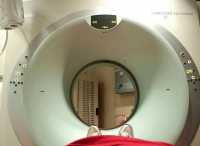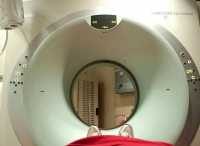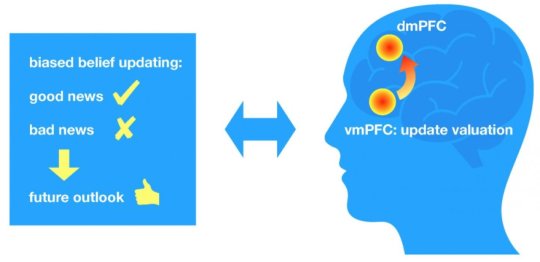Author Interviews, Cancer Research, JAMA, Pediatrics / 20.08.2018
Complex Racial and Ethnic Disparities in Childhood Cancer Survival
MedicalResearch.com Interview with:
Rebecca D. Kehm, PhD
Division of Epidemiology and Community Health
University of Minnesota School of Public Health
Minneapolis, MN
MedicalResearch.com: What is the background for this study? What are the main findings?
Response: Racial and ethnic differences in childhood cancer survival have long been known, and there has been some research indicating that SES could explain disparities. However, our study is the first to use statistical methods that put numbers to the relative contribution of SES to survival disparities for different types of childhood cancer. We set out to investigate whether racial and ethnic disparities in childhood cancer survival are attributed to underlying differences in socioeconomic status, defined as one’s social and economic position in relation to others based on income, education, and occupation, which scientists abbreviate as SES. Our findings provide evidence that SES does in fact contribute to racial and ethnic disparities in survival for some types of childhood cancer. Specifically, we found that SES accounted for 28-73% of the racial and ethnic survival disparity for acute lymphoblastic leukemia, acute myeloid leukemia, neuroblastoma, and non-Hodgkin lymphoma. However, SES did not significantly contribute to racial and ethnic disparities in survival for other types of childhood cancer including central nervous system tumors, soft tissue sarcomas, Hodgkin lymphoma, Wilms tumor, and germ cell tumors. These tumor-specific results help inform where to place resources to best reduce racial and ethnic survival disparities for each of the major types of childhood cancer.
(more…)


































